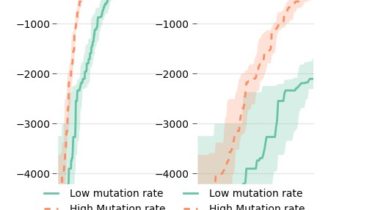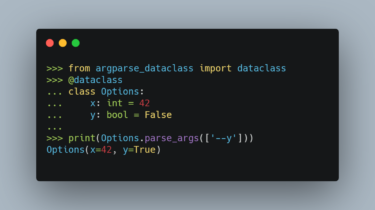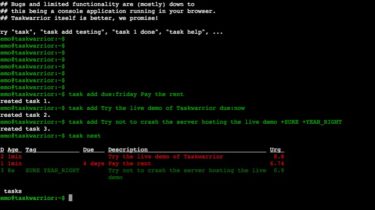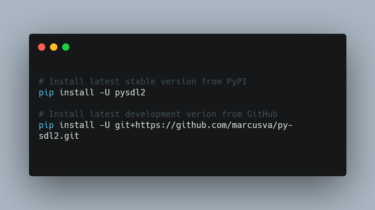Objective of the repository is to learn and build machine learning models using Pytorch
30 Days Of Machine Learning Using Pytorch Objective of the repository is to learn and build machine learning models using Pytorch. 30DaysofML Using Pytorch List of Algorithms Covered 📌 Day 1 – Linear Regression 📌 Day 2 – Logistic Regression 📌 Day 3 – Decision Tree 📌 Day 4 – KMeans Clustering 📌 Day 5 – Naive Bayes 📌 Day 6 – K Nearest Neighbour (KNN) 📌 Day 7 – Support Vector Machine 📌 Day 8 – Tf-Idf Model 📌 […]
Read more








